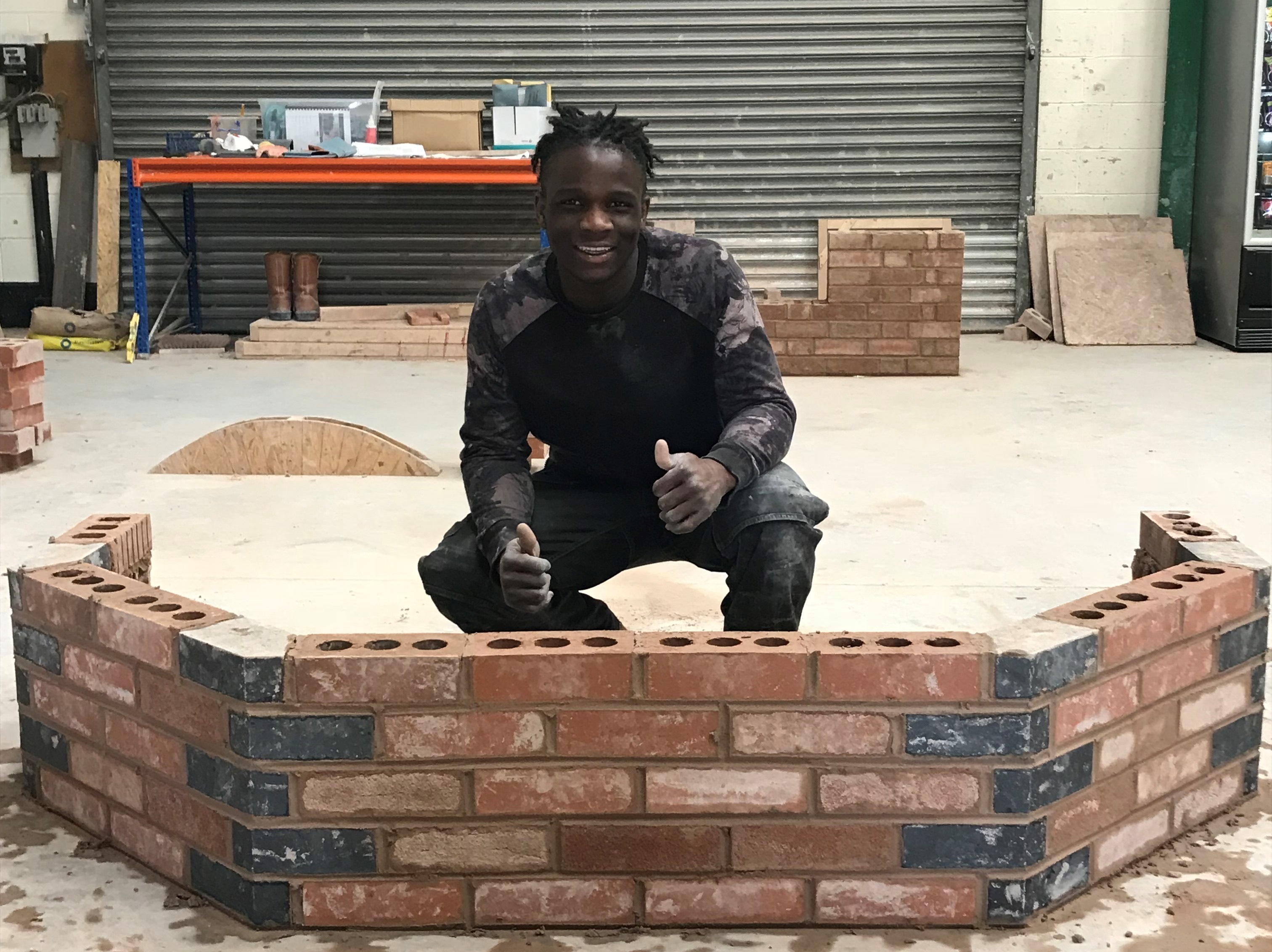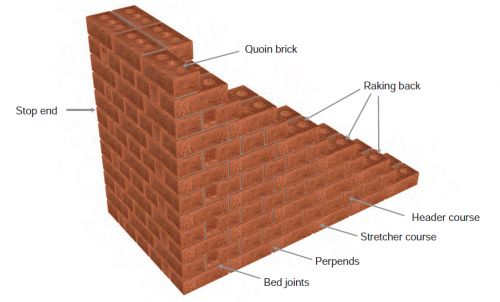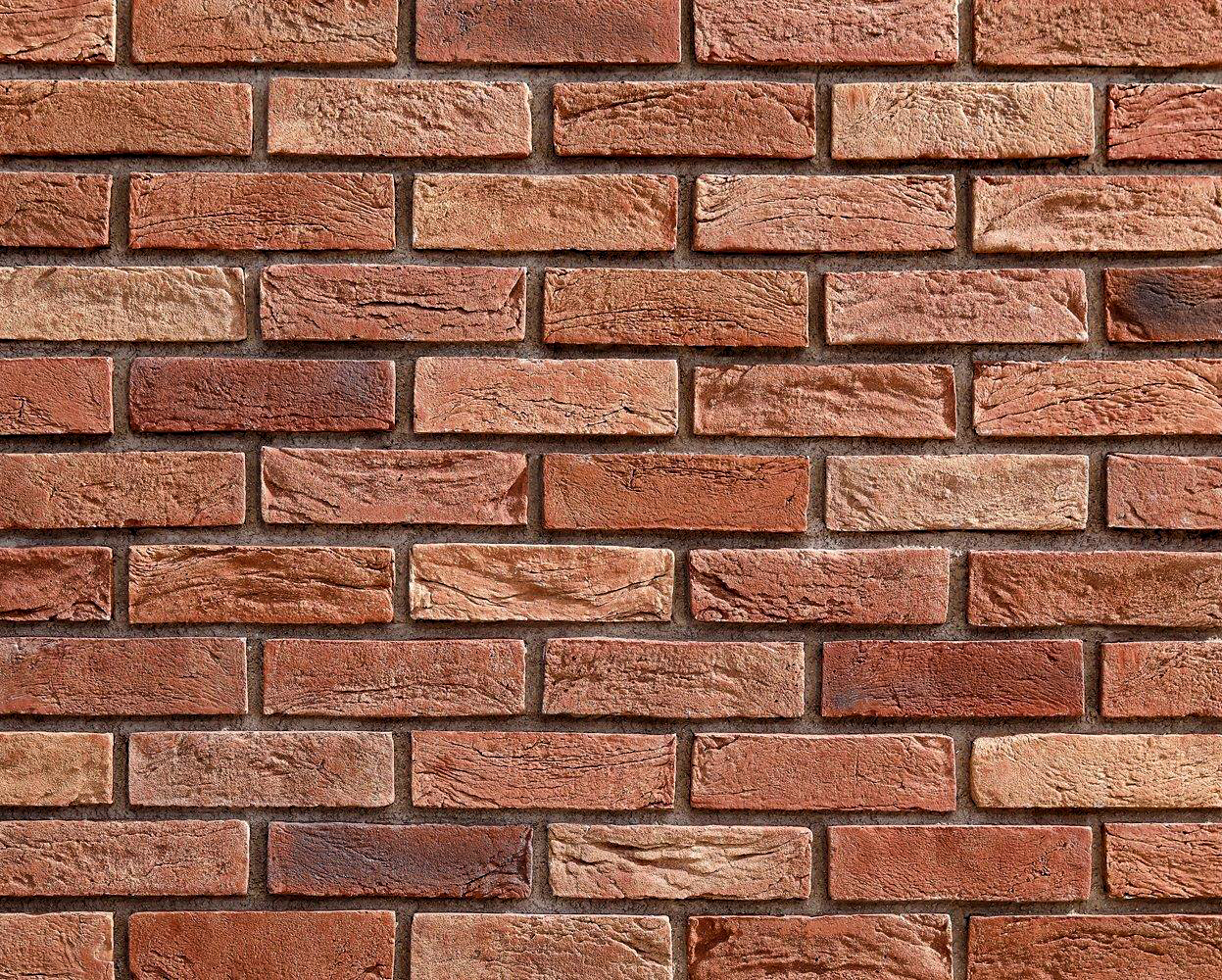Things about Bricklayer Auckland
Wiki Article
The Bricklayer Auckland Statements
Table of ContentsSome Known Questions About Bricklayer Auckland.Get This Report about Bricklayer AucklandSome Ideas on Bricklayer Auckland You Need To Know7 Easy Facts About Bricklayer Auckland ExplainedExcitement About Bricklayer AucklandBricklayer Auckland Can Be Fun For Anyone
Blocks need to always be stacked on slabs; never ever stack them straight on unequal or soft ground. Do not keep bricks on scaffolds or runways.Except where piled in sheds, brick heaps need to never be even more than 7 feet high. When a stack of block gets to a height of 4 feet, it should be tapered back 1 inch in every foot of height over the 4-foot degree. The tops of brick piles should be maintained degree, as well as the taper should be kept during unpiling operations.
Structural bond refers to exactly how the individual masonry devices interlock or tie together into a single architectural device. Utilizing cement to stick nearby wythes of stonework.
Bricklayer Auckland Fundamentals Explained
Pattern bond refers to the pattern created by the masonry devices and also mortar joints on the face of a wall surface (Bricklayer Auckland). The pattern might arise from the architectural bond, or it might be totally attractive and unconnected to the structural bond. Number 4-4 reveals the six standard pattern bonds alike use today.The running bond is the most basic of the 6 patterns, including all cots. Due to the fact that the bond has no headers, metal ties generally develop the structural bond. The running bond is made use of mostly in cavity wall surface building, brick veneer wall surfaces, as well as dealing with tile wall surfaces made with extra wide cot ceramic tile.
Tests to locate the quality of blocks have been studied in the previous article. Great blocks should not break down when positioned in water. This is extremely important as when these blocks are utilized with concrete mortar, we must extensively soak them prior to laying. Only when fat lime or clay mortar is utilized or when one is forced to utilize bricks that are not well burnt, this saturating policy needs to be relaxed.
The Single Strategy To Use For Bricklayer Auckland
In all instances, bricks must not be dealt with in baskets or in any various other setting which will certainly destroy the intensity of their edges. Just how do you develop a masonry wall? The procedure of bricklaying in normal basic work is as adheres to. A layer of mortar is infected cover the complete width of the wall surface for an ideal size of the reduced program.
Finally, we push the side protruding mortar in strongly to be level with the face of the wall surface if it is to be left unplastered. In the common practice embraced by many masons, a row of bricks is initial put on a slim layer of bed mortar leaving the cross joints vacant.


The wall surfaces are elevated genuinely plumb. All training courses are laid genuinely horizontal and also all upright joints absolutely vertical.
The Best Strategy To Use For Bricklayer Auckland
For this objective, a wood straight edge with graduation giving a thickness of each block program consisting of joint can be made use of for support. For a thick wall, the above operation is duplicated in addition to both faces of the wall and also the indoor filling bricks for the thick wall are stocked a visit our website similar manner.
This procedure of filling open joints is labelled flushing-up. It is mistakenly left out for a number of programs on some badly-executed work and also only done afterwards (not after every training course) in an ineffective fashion. It is not an excellent practice as well as needs to be prevented as it is necessary that every course must be purged up to the level if great is required.

What Does Bricklayer Auckland Mean?
The mortar increasing as well as filling up the upright joints entirely and also develops an exceptionally strong and solid wall. This is referred to as larrying. For a rat trap bond work (as in the construction of cavity wall surfaces), if the mortar is put thoughtlessly on the brick, a few of it will fall under the tooth cavities and will be squandered.The face of the brickwork will likewise be cleaned of all mortar droppings, and so on(ii) When scenarios make it needed to continue a part of a building in irregular programs, the job will be developed back (according to the bond used on the work) at an angle not steeper than 45 levels so as to guarantee an attire as well as effective bonding.
Or else, for faces to be glued, finishing of the face joints ought to be brought out as talked about in listed below (This is really essential.)(iv) The wall surfaces ought to be consistently elevated throughout not leaving any component one metre (three feet) lower than the various other - Bricklayer Auckland. A day's job ought to not be more than 1.
The Of Bricklayer Auckland
When the facework is to be later plastered or the joints alone are to be pointed, the joints should be raked while anchor the wall surface is being developed. Bricklayer Auckland. It ought to be raked to a minimum depth of 12 mm by a raking tool during the progression of the work itself, when the mortar is still eco-friendly.
If plastering or pointing is not imagined, the joints have to be struck flush and also finished at the time of laying itself, as already stated. Half-brick wall surfaces often tend to crack unless care is absorbed its construction. Brickwork in half-brick masonry is to be performed with stretchers in 1: 5 mortar.
Report this wiki page